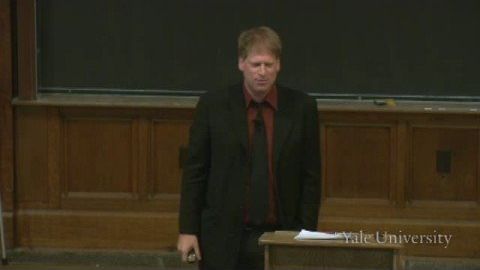
字幕與單字
5.寶寶是什麼樣子的。思想的發展 (5. What Is It Like to Be a Baby: The Development of Thought)
00
CH 發佈於 2021 年 01 月 14 日收藏
影片單字
question
US /ˈkwɛstʃən/
・
UK /'kwestʃən/
- v.t.提問;詢問;對...抱有懷疑的態度;審問;質疑
- n. (c./u.)(正在解決的)問題;問題;疑問
A1 初級初級英檢
更多 使用能量
解鎖所有單字
解鎖發音、解釋及篩選功能
